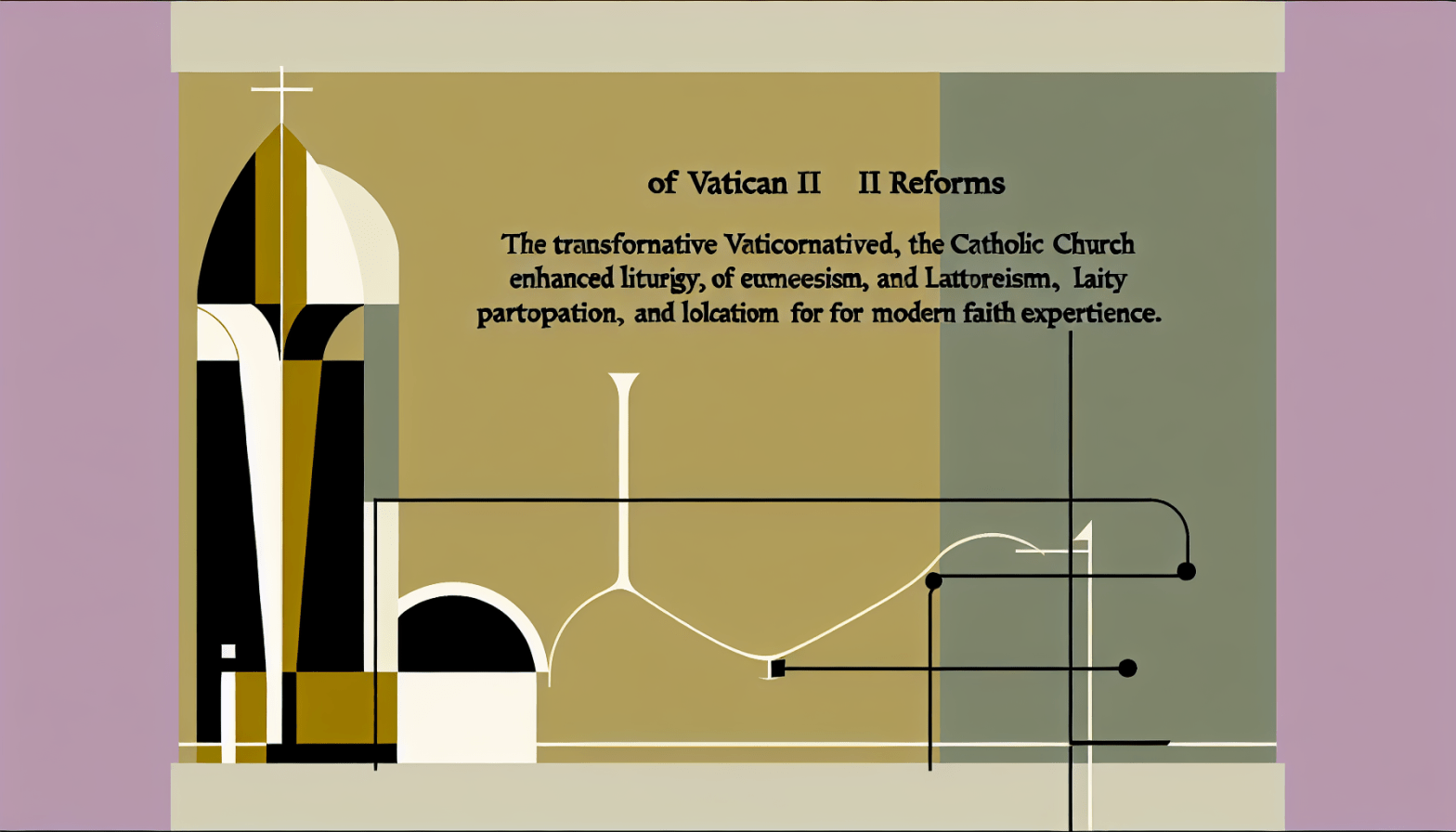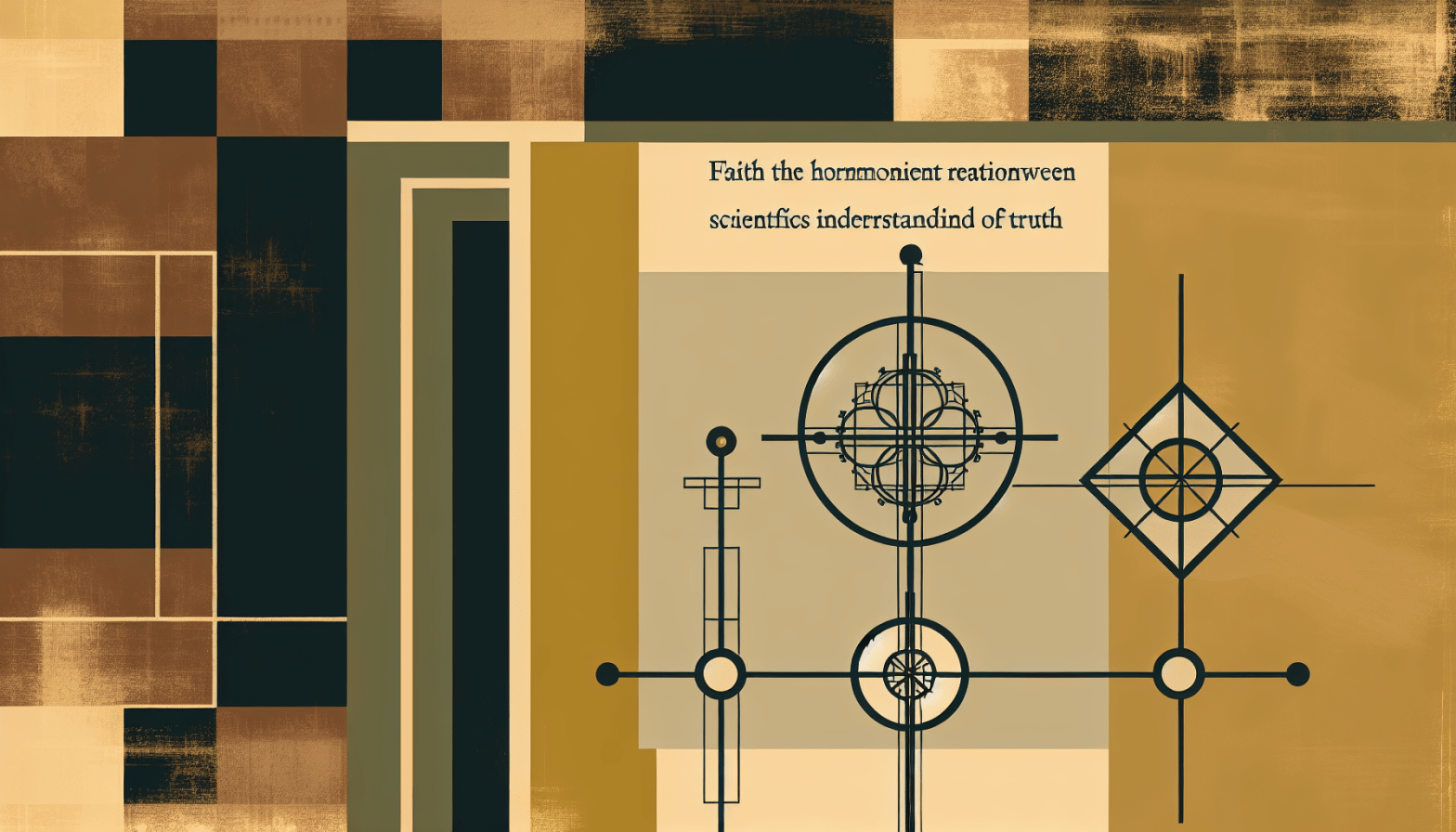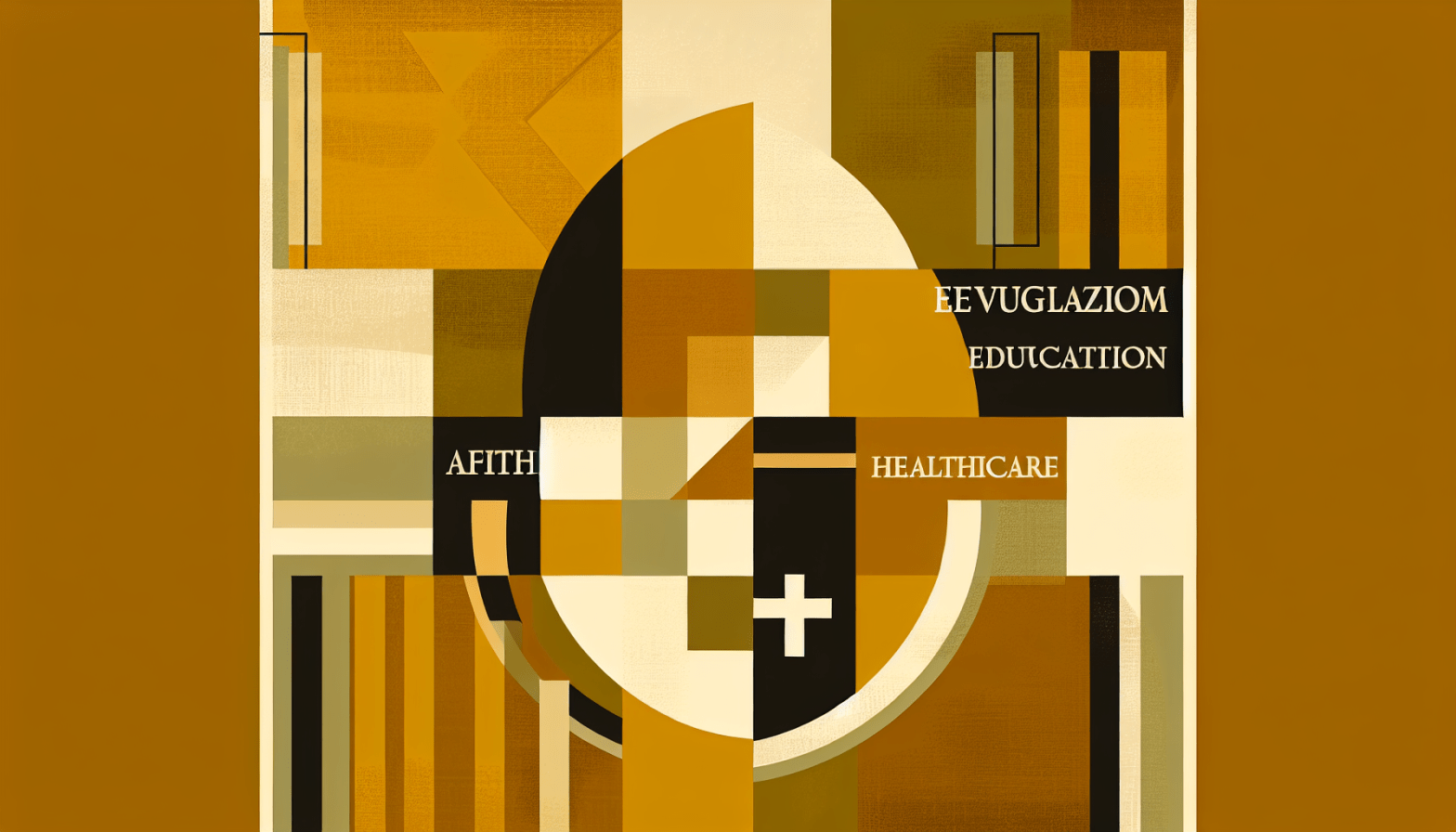Monastic Life and Vows: Exploring the Spiritual Path of Monastics
Monastic life offers a unique pathway to spiritual growth, characterized by deep commitment, community living, and a disciplined lifestyle dedicated to prayer and service. For many, the decision to enter a monastery isn’t just a career choice; it’s a profound calling that involves taking sacred vows. In this blog post, we will delve into the meaning of monastic life and explore the different types of vows that guide monastics on their spiritual journey.
What is Monastic Life?
Monastic life refers to a way of living inspired by the teachings of a particular religious tradition, particularly in Christianity, Buddhism, and some aspects of Hinduism. Monastics dedicate their lives to seeking a deeper relationship with the divine through solitude, prayer, meditation, and community service.
Monastic communities maintain their own practices, rituals, and traditions, but they share common elements such as simplicity, celibacy, chastity, and a focus on spiritual development. Whether in silence or through communal activities, those who choose this lifestyle often find it enriching and transformative.
The History of Monasticism
Monasticism has its roots in early religious practices, with notable developments in various traditions:
-
Christian Monasticism: Originating in the 3rd century with figureheads like St. Anthony the Great and St. Benedict, Christian monasticism aims for the perfection of faith through community living. The Benedictine Rule is among the most influential guidelines that shape monastic life in the Christian faith.
-
Buddhist Monasticism: Buddhism flourished with the establishment of monastic orders following the Buddha’s teachings in the 5th century BCE. Monastic communities (Sangha) are crucial in preserving and disseminating Buddhist teachings, with practitioners often bound by the Vinaya rules.
-
Hindu Sannyasa: Hindu monasticism is characterized by the Sannyasa ashrama, where practitioners renounce worldly attachments to pursue spiritual wisdom and liberation (moksha).
Understanding Monastic Vows
At the heart of monastic life are the vows taken by individuals. These vows are not mere promises; they embody a deep commitment to a spiritual path. Here are the most common vows taken in various monastic traditions:
1. Vow of Poverty
The vow of poverty entails a renunciation of material possessions and an embrace of a lifestyle that emphasizes simplicity and detachment. Monastics who take this vow commit to living without wealth, sharing their resources with those in need, and relying on the community for their needs.
In the Christian tradition, this vow is often linked to the life of Jesus Christ, who lived humbly and encouraged his followers to do the same. In Buddhism, the idea of non-attachment resonates with the vow of poverty, reminding monastics that material possessions can hinder their spiritual progress.
2. Vow of Chastity
The vow of chastity is a commitment to celibacy and purity. Monastics who undertake this vow forswear sexual relationships to focus entirely on their spiritual pursuits and devotion to God or enlightenment.
In Christian monasticism, this vow aligns with the belief that one can create a closer relationship with God through dedicating their love entirely to Him. In Buddhism, celibacy is viewed as a means to cultivate mindfulness and reduce distractions in the pursuit of enlightenment.
3. Vow of Obedience
The vow of obedience calls for complete submission to the teachings of the religious community and its leadership. This vow helps monastics cultivate humility and surrender their personal will for the common good of the community.
In the Christian context, the vow of obedience embodies submission to God’s will as expressed through scripture and church authorities. In monastic Buddhism, obedience to the monastic code and community elders helps maintain harmony and discipline within the Sangha.
4. Vow of Stability (Christian Monasticism)
Some Christian monks, particularly Benedictines, take a vow of stability, which commits them to remain in one community for life. This vow fosters deep-rooted relationships, allowing for spiritual growth and communal harmony over time. Stability emphasizes the value of the community in the spiritual journey.
5. Vows in Other Traditions
Beyond these primary vows, various monastic orders may have additional commitments that reflect their unique spiritual focus. For example, Theravada Buddhist monks may take additional vows, such as refraining from consuming certain foods or engaging in business activities. In Hinduism, sannyasis may undergo a series of initiatory rites that embody their commitment to spiritual practices.
Daily Life in Monastic Communities
Monastic life is often characterized by a structured daily routine that reinforces spiritual discipline. This routine may include:
-
Prayer and Meditation: Integral to monastic life, periods of prayer and meditation strengthen the spiritual connection and help cultivate mindfulness throughout the day.
-
Work (Ora et Labora): In the Benedictine tradition, the phrase “Ora et Labora” (Pray and Work) captures the essence of monastic life. Work in the community could involve tasks ranging from gardening to teaching, ensuring that every member contributes to communal life.
-
Study: Monastics often dedicate time to studying sacred texts, philosophy, or theology to deepen their understanding and grow spiritually.
-
Community Meals: Sharing meals is an important aspect of monastic life, fostering a sense of community and belonging.
The Benefits of Monastic Life
Choosing a monastic life comes with its own set of benefits and challenges. Here are some advantages:
1. Deepened Spiritual Insight
Living within a structured environment that prioritizes spirituality can lead to profound personal transformation. Monastics often report a greater sense of inner peace, clarity, and purpose in life.
2. Strong Community Bonds
The communal aspect of monastic life fosters strong relationships among members. The shared experience and collective pursuit of a spiritual journey help provide emotional and spiritual support.
3. Escape from Distractions
Monastics often find peace in their deliberate separation from the pressures and distractions of modern life. This environment allows them to focus on what truly matters—spiritual growth.
4. Service to Others
Many monastic communities engage in service to others, embodying ideals of compassion and charity. This service-based element nurtures a sense of purpose and fulfillment.
Challenges of Monastic Life
While monastic life is fulfilling, it comes with its own set of challenges, including:
1. Rigorous Discipline
The rigorous daily schedule can be demanding, requiring a high level of commitment and self-discipline that may be difficult for some to maintain.
2. Loneliness and Isolation
Even in a community, individuals may experience feelings of loneliness or isolation due to the strict silence or solitude that some monastic orders practice.
3. Emotional and Psychological Struggles
Being in a close-knit community can lead to interpersonal conflicts. Monastics may face challenges in navigating their emotions while adhering to their vows.
Conclusion
Monastic life and vows encompass a rich tapestry of spiritual commitment that invites individuals to deepen their relationship with themselves, their community, and the divine. The choices monastics make in their lives are guided by vows that reflect their spiritual aspirations and their dedication to worship and service.
If you are contemplating a path of spirituality, understanding the framework of monastic life can provide insights into the profound possibilities available within this ancient tradition. Whether you are drawn to the communal aspect, desire to dedicate yourself wholly to spiritual practices, or are simply curious about what it means to live a life of vows, the monastic experience remains a deeply enriching journey worth exploring.
In a world filled with noise and distraction, monastic life offers peace, purpose, and a chance to live out one’s faith in an intentional and meaningful way.









